What is tapas? – Where did it originate? – What does the word tapas mean?
If you’ve ever wanted to eat everything on the menu without committing to a full meal—or you’re just really bad at making decisions—tapas are your culinary soulmate.
These delightful Spanish small plates turn eating into a choose-your-own-adventure experience, where each dish is a new chapter and second helpings are totally encouraged (if not inevitable).
Originally born in Andalusia as clever little snacks to cover your drink—yes, literally “tapas” means “lids”—they’ve evolved into an art form that spans smoky chorizo, garlicky shrimp, tangy olives, and more crunchy-fried goodness than your napkin can handle.
Whether you’re nibbling solo or battling friends over the last patatas bravas, tapas are all about sharing… unless it’s the jamón ibérico. Then all bets are off.
In this post, I’m diving into the world of tapas: what they are, how they work, and why your next dinner party should absolutely involve twelve mismatched little plates and a lot of wine. Ready to eat like a Spaniard and snack like a pro?
Great—just pace yourself. These tiny dishes pack big flavor and a surprising tendency to disappear when you’re not looking.
What is tapas?
Tapas refers to a style of eating that serves small, shareable dishes instead of full meals. Originating in Spain, tapas encourages diners to sample a variety of flavors and textures in one sitting.
Restaurants and bars serve tapas to promote conversation, grazing, and a relaxed dining pace. These little plates range from simple marinated olives and almonds to elaborate bites like bacon-wrapped dates or seared tuna with romesco.
Diners typically order multiple dishes for the table, creating a communal and interactive meal experience. Tapas transforms eating into a social experience—one that’s all about variety, curiosity, and just one more bite.
The Origins
Tapas originated in Spain, where bartenders began covering glasses of sherry with small slices of bread or cured meat to keep out flies and dust. Over time, these simple “lids”—tapas in Spanish—evolved into savory snacks that complemented drinks and kept patrons lingering.
Andalusian taverns popularized the tradition, serving olives, cheese, and chorizo alongside wine. As the custom spread across Spain, regions added their own flair, turning a practical gesture into a beloved culinary ritual.
Spaniards embraced tapas not just for the food, but for the way it brought people together—one small plate at a time.
Types of Tapas
Patatas Bravas – Fried potatoes topped with a spicy tomato sauce or garlicky aioli.
Gambas al Ajillo – Sizzling shrimp cooked in olive oil with garlic and chili.
Tortilla Española – A thick Spanish omelet made with potatoes and onions.
Albóndigas – Juicy Spanish meatballs, often served in a rich tomato sauce.
Jamón Ibérico – Cured Iberian ham, thinly sliced and usually served with bread.
Pan con Tomate – Toasted bread rubbed with ripe tomato, garlic, olive oil, and salt.
Croquetas – Creamy fried croquettes, usually filled with ham, chicken, or cod.
Pimientos de Padrón – Small green peppers sautéed with olive oil and sea salt—most are mild, but one might surprise you.
Chorizo al Vino – Spanish chorizo sausage simmered in red wine.
Boquerones en Vinagre – Marinated white anchovies with garlic and parsley.
Aceitunas – Assorted marinated olives, often stuffed or spiced.
Queso Manchego – Aged sheep’s milk cheese from La Mancha, usually served in wedges.
Calamares Fritos – Fried squid rings served with lemon and sometimes aioli.
Ensaladilla Rusa – A creamy potato salad with tuna, peas, and mayonnaise.
Berenjenas con Miel – Fried eggplant drizzled with honey or molasses for a sweet-savory bite.
Why do they eat this way?
Tapas are wildly popular in Spain because they fit perfectly with the Spanish way of life—social, relaxed, and centered around food and conversation. Spaniards love to linger over meals, and tapas encourage just that.
Instead of rushing through a big plate, people order a few small dishes, share them with friends, and order more as the night unfolds. It’s a dining style that turns eating into a social event.
Tapas also reflect Spain’s regional diversity. Each area adds its own spin—Basque pintxos, Andalusian fried fish, Catalan tomato bread—so locals and visitors alike can explore a wide range of flavors in one sitting.
Plus, tapas offer variety without commitment. Not sure what you’re in the mood for? Order a few different things and see what wins.
And let’s not forget the tradition of tapeo—hopping from bar to bar, grabbing a tapa and a drink at each stop. It’s more than a meal; it’s a cultural ritual. Tapas make dining playful, affordable, and endlessly customizable. What’s not to love?
Tapas FAQ
What are tapas?
Tapas are small Spanish dishes designed for sharing. They range from simple snacks like olives to more complex plates like garlic shrimp or meatballs in tomato sauce.
Why do people eat tapas in Spain?
In Spain, people enjoy tapas to savor a variety of flavors while socializing. Tapas culture encourages sharing, slow eating, and bar-hopping, making meals more about connection than consumption.
Are tapas appetizers or full meals?
Tapas can be either. Many people order a few as appetizers, while others combine several to create a full, varied meal.
Do tapas always include meat or seafood?
No. While many tapas feature meat or seafood, you’ll also find vegetarian options like patatas bravas, grilled peppers, or cheese with bread.
Can I make tapas at home?
Yes! You can easily make tapas at home using simple ingredients like potatoes, olives, garlic, and cured meats. The key is variety and presentation.
What drinks go well with taps?
Wine, especially Spanish reds and sherry, pairs well with tapas. Beer and vermouth are also popular choices.
How do you order tapas in Spain?
You typically order a few dishes to start, then add more as you go. In some places, bars even offer a free tapa with your drink.
What’s the proper tapas etiquette?
Share everything—tapas are meant for the table, not just your plate. Don’t double-dip, take small portions, and let everyone try a bit before reaching for seconds. When in doubt, follow the locals’ lead!
What time do people typically go out for tapis and how long do they dine?
Spaniards typically go out for tapas in the evening, starting around 8:00 or 9:00 PM, though some may begin as early as 7:00 PM—especially in more touristy areas or for a casual after-work drink. Tapas aren’t a rushed affair; they’re part of a relaxed, social evening that can easily stretch until midnight or later, especially on weekends.
Rather than staying in one place, many people enjoy tapeo, the Spanish tradition of bar-hopping. They’ll visit several tapas bars in one night, ordering a drink and a small dish at each stop.
A typical night out for tapas can last 2 to 4 hours, depending on the vibe, company, and how many anchovy-stuffed olives you can handle.
So if you’re planning to eat like a local, don’t show up at 6 PM expecting a crowd—and definitely don’t be in a rush. Tapas time is social time, and in Spain, that’s never on a tight schedule.

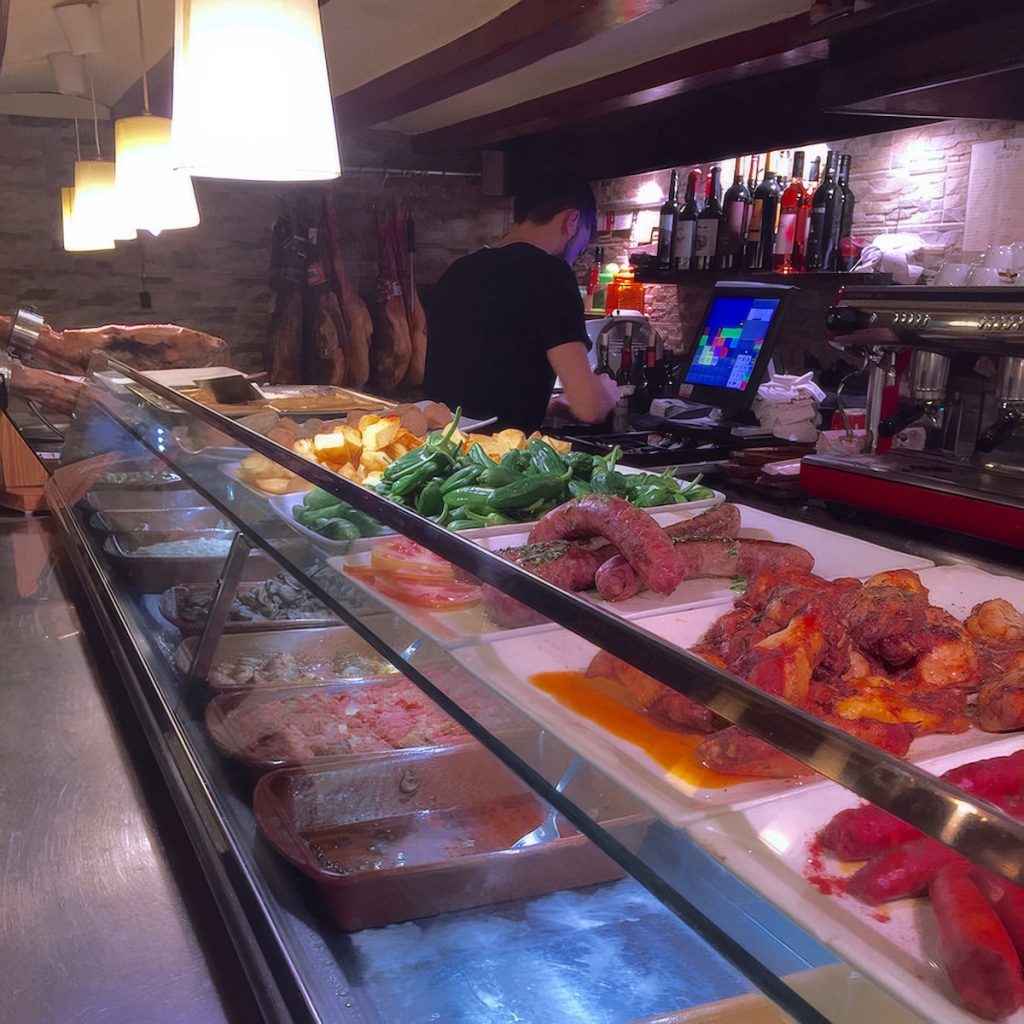

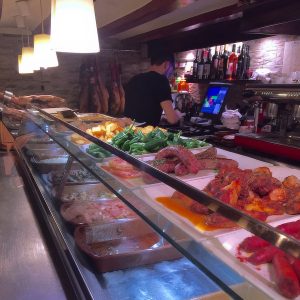
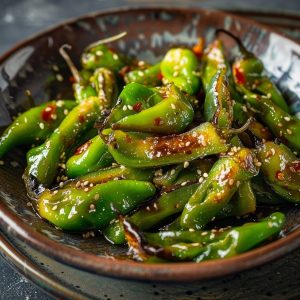
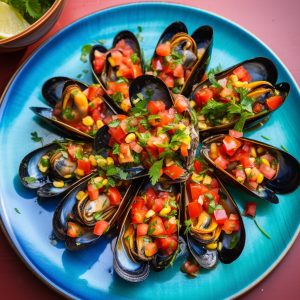
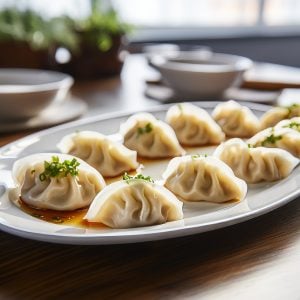
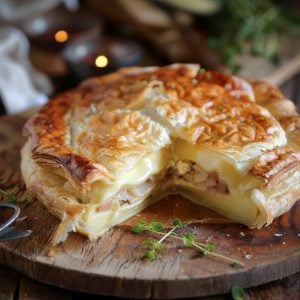





4 Responses
hi
Thanks for the perfect explanation. I’m anxious to try some of the recipes for tapas. My granddaughters just returned from Spain with many wonderful food ideas.
You are very welcome Mary. Please have her share one with me.
This really helped me with my essay, thanks x